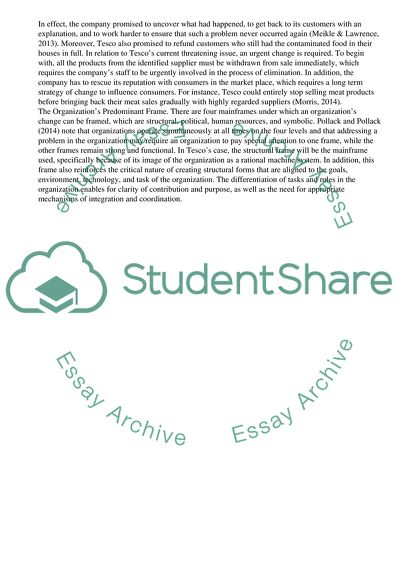Cite this document
(“Change Strategy within a Specific Organizational Frame Term Paper”, n.d.)
Change Strategy within a Specific Organizational Frame Term Paper. Retrieved from https://studentshare.org/business/1679366-change-strategy-within-a-specific-organizational-frame
Change Strategy within a Specific Organizational Frame Term Paper. Retrieved from https://studentshare.org/business/1679366-change-strategy-within-a-specific-organizational-frame
(Change Strategy Within a Specific Organizational Frame Term Paper)
Change Strategy Within a Specific Organizational Frame Term Paper. https://studentshare.org/business/1679366-change-strategy-within-a-specific-organizational-frame.
Change Strategy Within a Specific Organizational Frame Term Paper. https://studentshare.org/business/1679366-change-strategy-within-a-specific-organizational-frame.
“Change Strategy Within a Specific Organizational Frame Term Paper”, n.d. https://studentshare.org/business/1679366-change-strategy-within-a-specific-organizational-frame.


